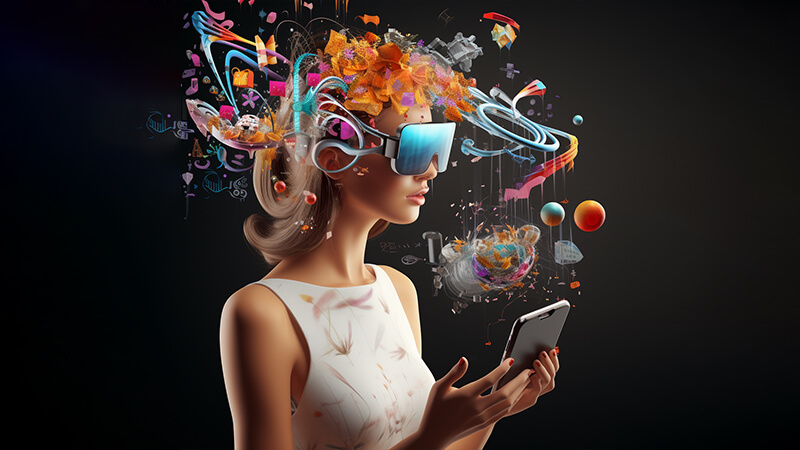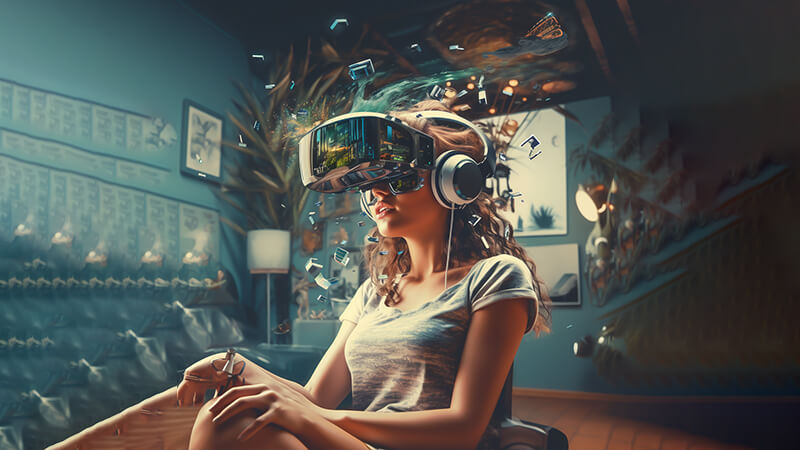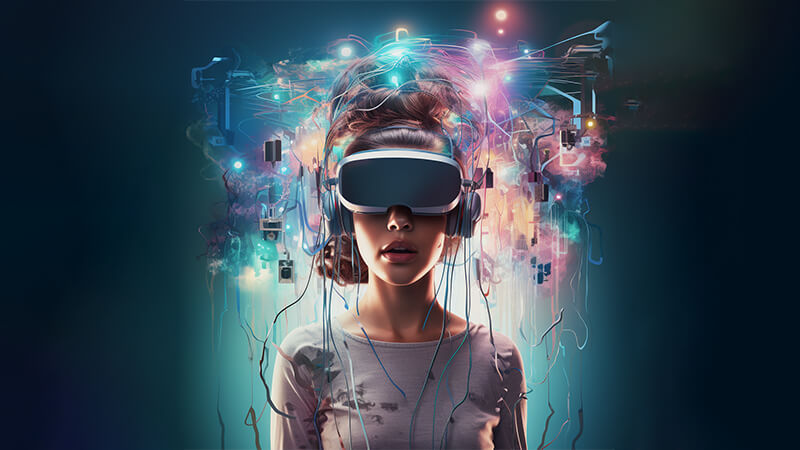As Augmented Reality (AR) and Virtual Reality (VR) technologies continue to advance and permeate various sectors, understanding how they influence user behavior and experiences becomes increasingly crucial. This article delves into the intersection of AR/VR and psychology, exploring how these immersive technologies affect our perceptions, interactions, and engagements in digital environments.
The Cognitive Impact of AR/VR
The key to AR and VR’s power lies in their ability to engage our senses in ways that traditional media cannot. By crafting immersive, interactive experiences, these technologies can profoundly influence our cognitive processes and perceptions.
AR, by overlaying digital elements onto the real world, can enhance our visual perception and improve our interaction with our environment. It provides users with additional contextual information, augmenting our understanding and experience of the real world.
On the other hand, VR transports users into a fully simulated environment, leveraging the brain’s ability to perceive these simulations as real. This sense of ‘presence’ that VR induces allows for deeply immersive experiences that can evoke strong emotional responses and significantly influence behavior.
Implications for User Experience
From a user experience perspective, the immersive and interactive nature of AR and VR offers an enhanced sense of engagement and involvement. However, the design of these experiences must take into account human psychology to be effective.
One crucial aspect is the need for intuitive and natural interactions. Given that AR and VR engage multiple senses, the design of these experiences should align with how we naturally interact with our environment. For example, using gestures or voice commands to interact with digital elements can make the AR/VR experience more immersive and user-friendly.
The psychological concept of ‘flow’ – the state of being completely immersed and involved in an activity – is also highly relevant in AR/VR design. By creating experiences that balance challenge and skill, AR and VR can induce a state of flow, resulting in deeply engaging and satisfying experiences for users.
AR/VR and Behavior Change
The immersive nature of AR and VR makes them powerful tools for influencing behavior. By simulating real-world consequences of actions, these technologies can foster empathy, change perspectives, and promote behavioral changes. For example, a VR experience that simulates the impacts of climate change can influence users’ attitudes and behaviors towards sustainability.
Moreover, AR and VR can leverage various psychological principles to encourage behavior change. The use of social influence (e.g., avatars or virtual coaches), self-efficacy (e.g., mastering tasks in a virtual environment), and instant feedback can motivate users and reinforce desired behaviors.
Looking Ahead
As AR and VR technologies continue to evolve, understanding their psychological implications will be crucial. Researchers and designers will need to delve deeper into aspects like the long-term effects of AR/VR use, potential desensitization to virtual experiences, and issues related to virtual identity and privacy.
In conclusion, The integration of AR and VR technologies into our daily lives has profound psychological implications. By understanding how these technologies affect our perceptions, experiences, and behaviors, we can design more effective and engaging AR/VR experiences. As we navigate this exciting landscape, it’s essential to keep the human element at the forefront, ensuring that AR and VR technologies enhance, not overshadow, our human experiences.



